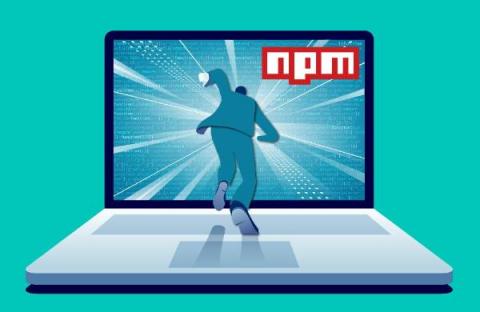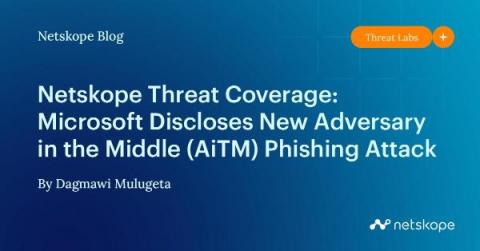How to Conquer Remote Code Execution (RCE) in npm
Recently, there have been some remote code execution (RCE) attacks that included just a single line of well-built code that can run a remote shell. Let’s take a look at why and how these attacks work, why npm is particularly susceptible, what could happen if they get into machines, and how to detect and fix them.











